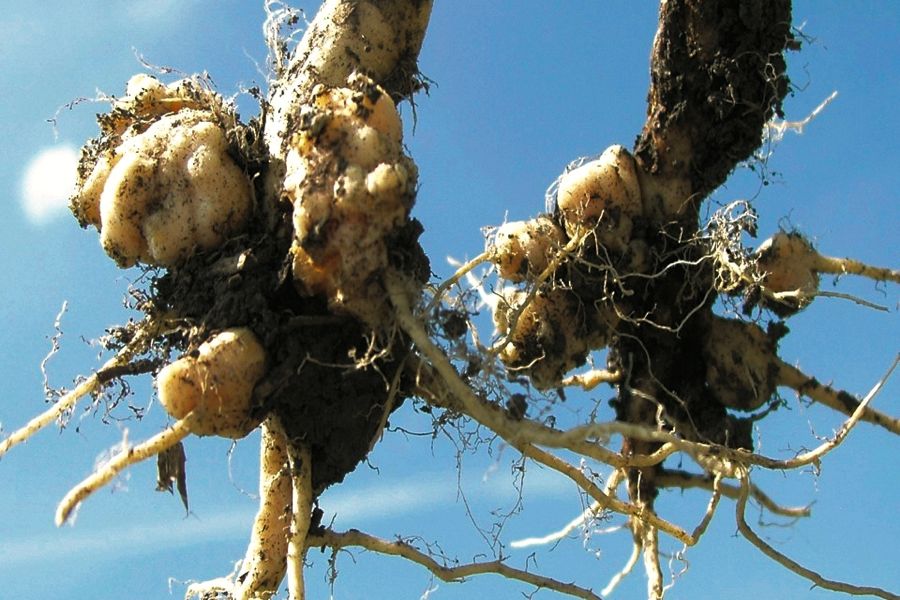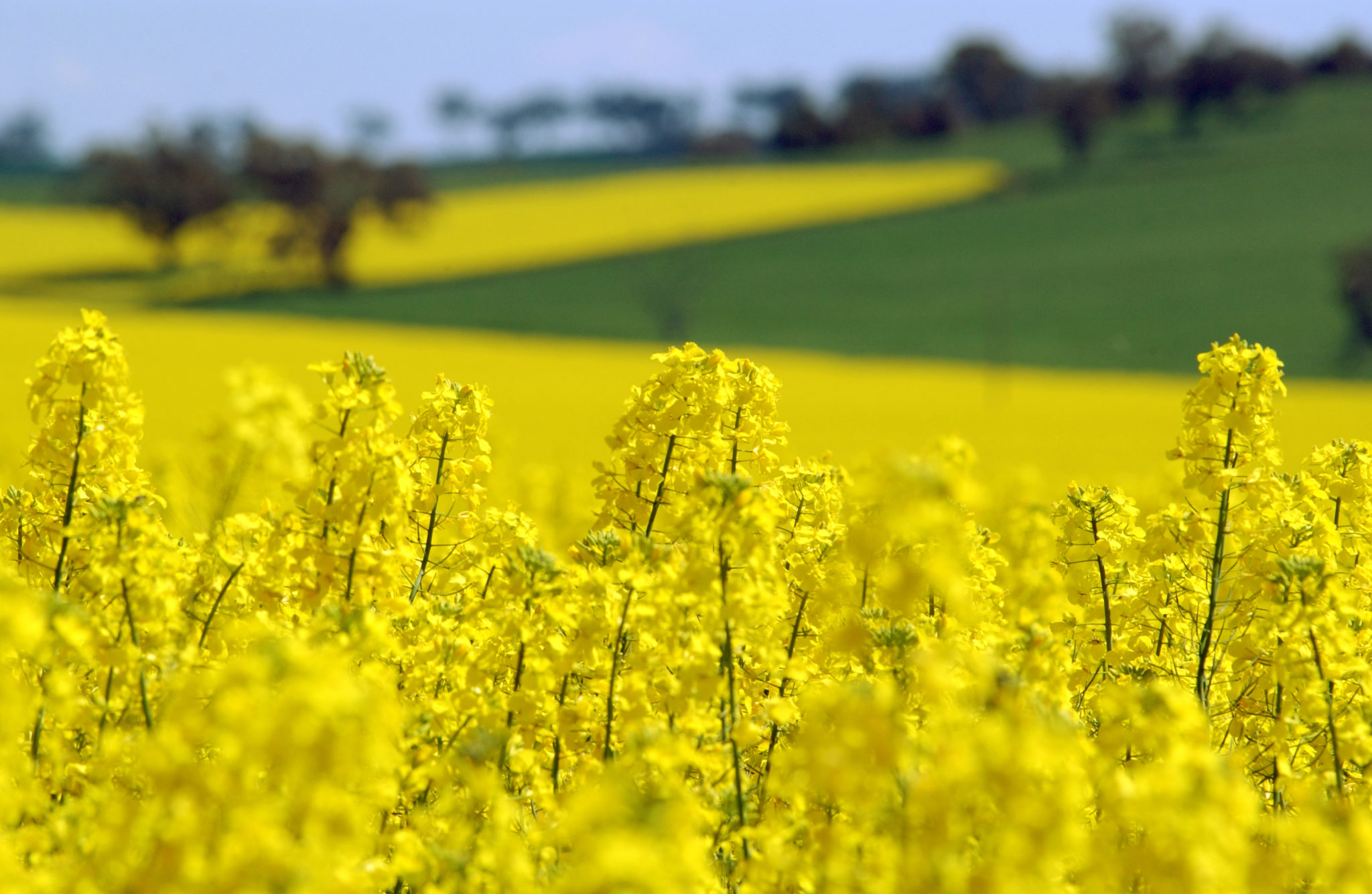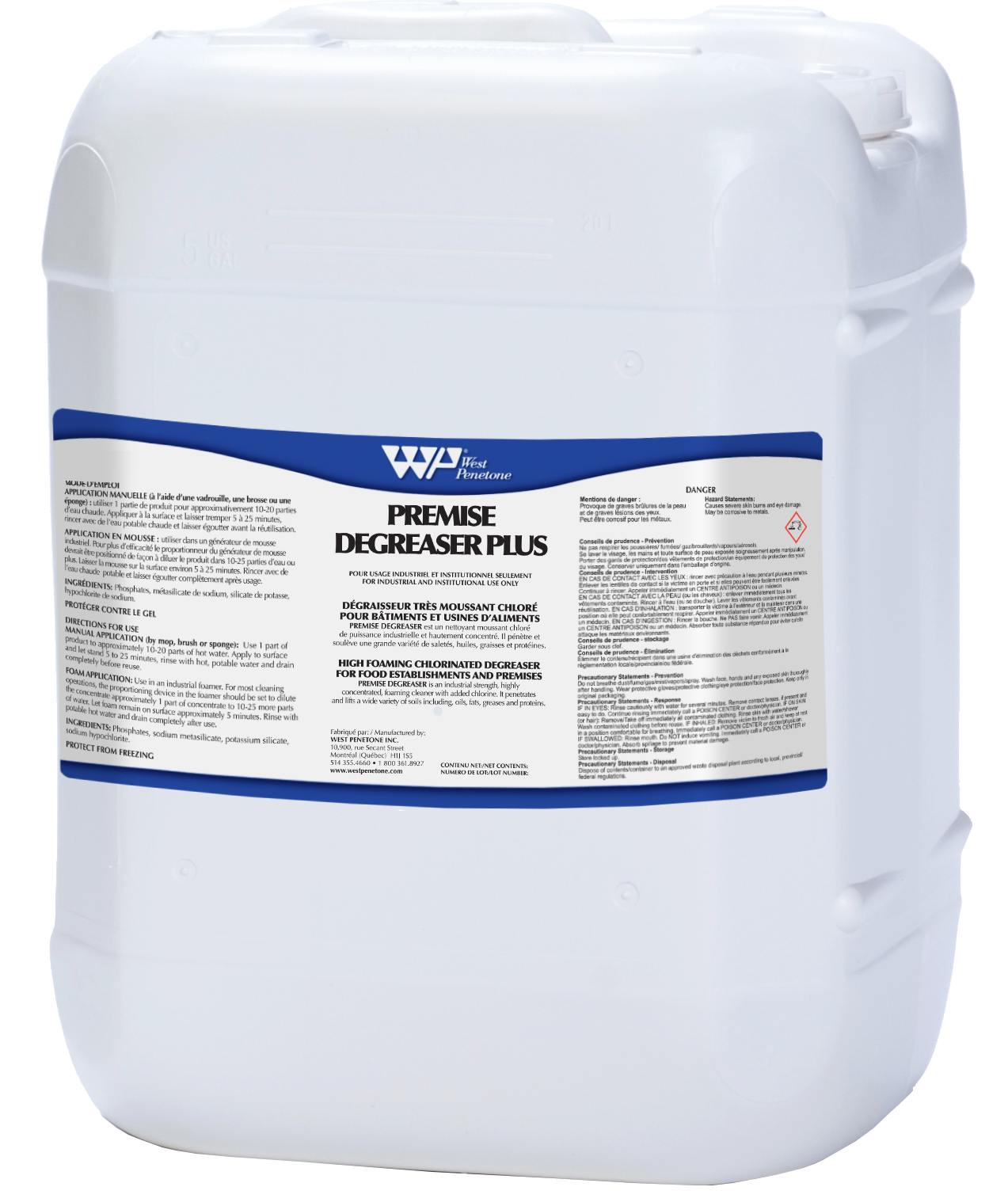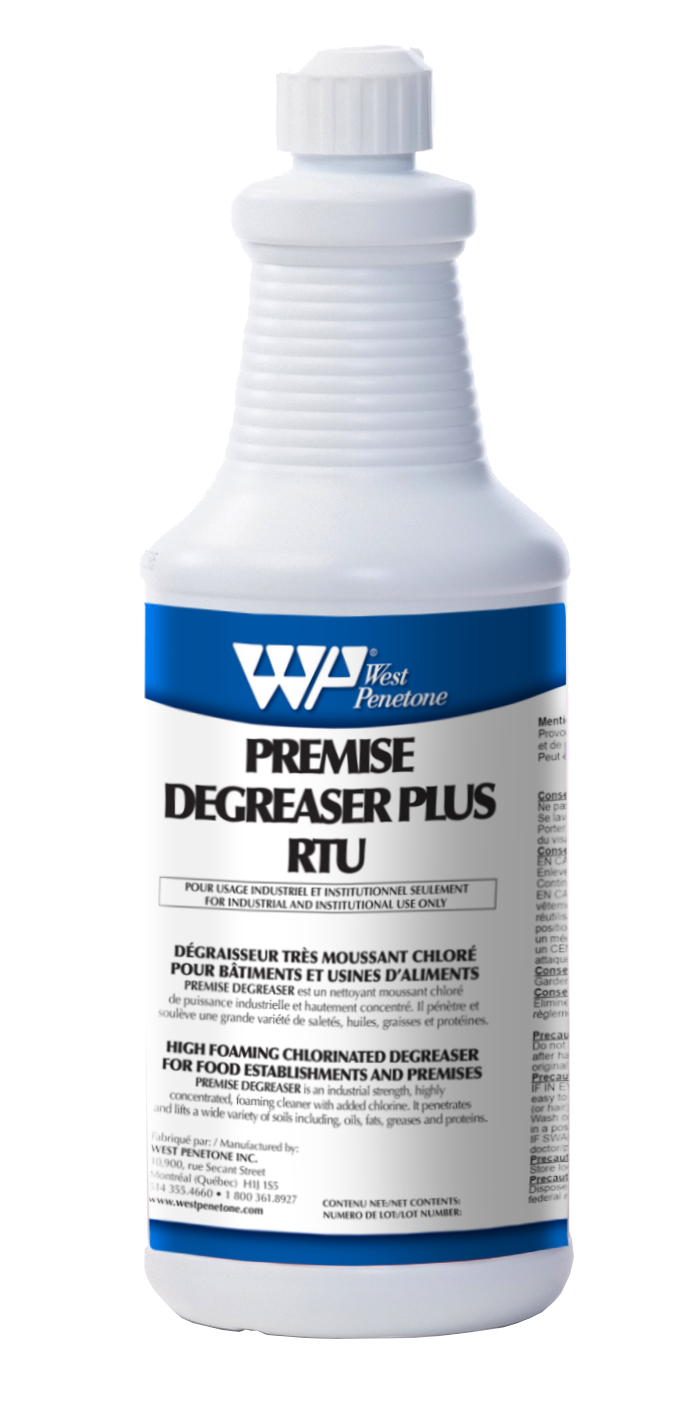About Clubroot

Clubroot is a serious soil-borne disease of cruciferous plants, such as canola, present in Western Canada and throughout the world.
[box]
Download a leaflet on our solutions:
[ilink style=”download” url=”https://westpenetone.com/wp-content/uploads/Clubroot.pdf/”]Clubroot[/ilink]
Download the efficacy report:
[ilink style=”download” url=”https://westpenetone.com/wp-content/uploads/West-Penetone-Report-April-2019-002.pdf”]West Penetone Report[/ilink]
[/box]
In canola, it causes swellings or galls to form on the roots, which can ultimately causes premature death of the plant.
It is caused by a fungus-like protist called Plasmodiophora brassicae.
The best way to prevent contamination between fields is to clean agricultural equipment and vehicles which have come in contact with club root before moving to a new field. All contaminated soil, equipment and tools must not be moved to clean, disease-free fields.
Clubroot Contamination

Freeing farm equipment of Clubroot contamination is an important aspect to managing the spread of the disease.
Therefore, a means for effective chemical cleaning can be a useful tool for the agricultural industry.
At West Penetone, we engaged the Crop Diversification Centre of Alberta Agriculture and Forestry to confirm the efficacy of two of our chlorinated products using Evans blue stain on the rates of Clubroot resting spore mortality with astounding results1.
One of them is ideally suited for agriculture equipment application as it is safe on soft metals, such as aluminum. Using West Penetone’s Premise Degreaser Plus in your decontamination applications versus such standards as generic bleach, you benefit from:
- Increased surface residence time
- Supplemental cleaning
- Reduced rates of corrosion
- Ease of use and application
- Having a product useful for a multitude of applications
Our Clubroot deactivation product also provide efficacy that exceeds many of the disinfectants tested at similar concentrations.
1. Harding M W, Hill T B, Daniels G C, “Interim Report of Efficacy of Disinfectants Against Clubroot Resting Spores”, Alberta Agriculture and Forestry, Crop Diversification Centre South, 2019.
Our Products for Clubroot Deactivation
PREMISE DEGREASER PLUS – Typical application*
Follow the recommended 3 steps cleaning in the Clubroot Sanitation Guide from the Canada Canola Council1:
- Step 1: Rough cleaning. Wash equipment with a 1 to 3% solution of PREMISE DEGREASER PLUS. Use a hand scraper, wire brush and/or compressed air to remove loose and clinging soil and crop debris.
- Step 2: High Pressure Rinse. Use a pressure washer at 2,000 –3,000 psi on all areas where soil can accumulate. Turbo nozzles are generally more effective at removing soil than regular nozzles.
- Step 3: Final Treatment. Treat all openers, tires and wheels with a 10 to 15% solution of PREMISE DEGREASER PLUS, applied with a sprayer. All areas should remain wet with the solution for 15–20 minutes. Step 3 alone is not effective, the first two steps are required.
*Applications and concentrations will vary according to location, installations, amount of soil, etc. Consult your West Penetone representative for methods best suited for your environment.
1. https://www.canolacouncil.org/media/530963/clubroot_sanitation_guide.pdf
PREMISE DEGREASER PLUS RTU – Light duty treatment
Step 1: High Pressure Rinse. Use a pressure washer at 2,000 –3,000 psi on all areas where soil can accumulate. Turbo nozzles are generally more effective at removing soil than regular nozzles.
Step 3: Final Treatment. Apply undiluted with a sprayer to all areas. Treated areas should remain wet with the product for 15–20 minutes.
Applications will vary according to location, installations, amount of soil, etc. Consult your West Penetone representative for methods best suited for your environment.
May be used in cleaning applications requiring >90% rates of Clubroot resting spore mortality*
- Contains chlorine in the form of sodium hypochlorite
- Safe on soft metals and concrete
- Clings strongly to surfaces over a long period of time
*Verified by the Crop Diversification Centre of Alberta Agriculture and Forestry using Evans Blue Stain method.
Both products are available at your favorite distributor:




